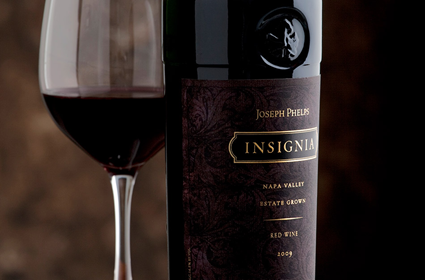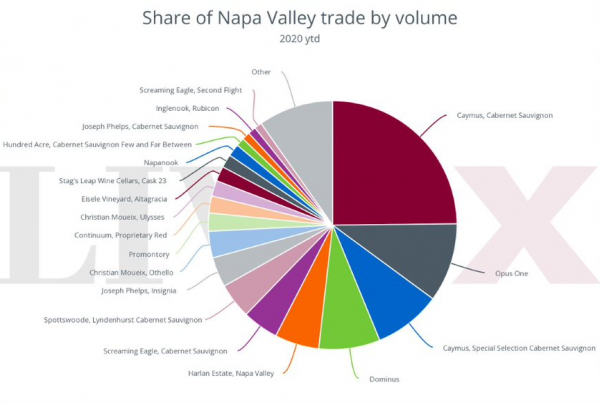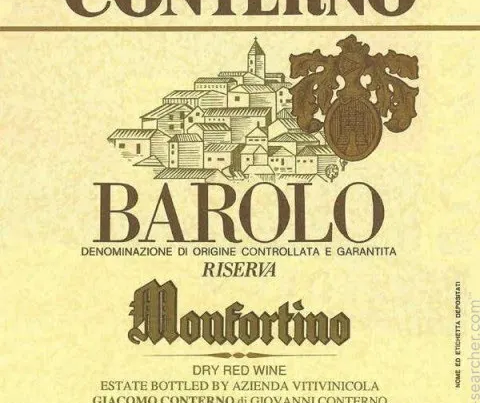Owner: Rothschild family
Classification: First Growth
Vineyard area: 90 hectares (222 acres)
Average age of vines: 44 years
Plantings: Cabernet Sauvignon (81%), Merlot (15%), Cabernet Franc (3%) and Petit Verdot (1%)
Colour: Red
Second Wine: Petit Mouton
History
Mouton Rothschild’s parentage and early history are somewhat vague, though the estate is known to have been presented to the Duke of Gloucester as a gift in the early 15th century, before returning to French hands following the end of the Hundred Years War. It was not until the 18th century, however, that viticulture gained importance at Mouton. The estate was bought by Joseph de Brane in 1720 and was subsequently named Brane-Mouton. His efforts were key to Mouton’s success, and by the end of the 18th century the burgeoning estate’s wines were widely respected. In the 19th century progress was temporarily impeded when Joseph’s grandson, Hector, sold the winery to a Parisian banker. The absentee landlord’s neglect resulted in a marked deterioration in quality. And though Baron Nathaniel de Rothschild bought the property in 1853 and quickly set about restoring its lustre, Mouton Rothschild, as it had become known, was classified as a Second Growth rather than a First Growth in 1855 – partly, it seems, because it was no longer French owned.
In 1922 the management of the estate became the responsibility of Philippe Rothschild. He brought about a period of revolutionary change at Mouton – including the introduction of domaine bottling (a practice that was previously unheard of in Bordeaux). And whilst the start of the Second World War saw Philippe flee France and the estate become a military headquarters for German troops, bottling continued uninterrupted – under the supervision of Hermann Goering. Following the end of the conflict, Philippe returned to Mouton and commissioned an artist to design a label to celebrate the Allies’ victory. Since then, a new artist has been commissioned every year, and the list of contributing artists now includes Freud, Picasso, Dali, Francis Bacon and even the Prince of Wales.
In 1973 Mouton Rothschild made history, becoming the first – and perhaps the last – estate to transcend its original ranking in the seemingly intransigent 1855 classification. Philippe’s determination and lobbying saw Mouton repositioned alongside the Premier Crus, thus righting what he called “the monstrous injustice”.
In 1988, after a remarkable 65-year tenure, Philippe passed away. Mouton was run by his only daughter, Baroness Philippine de Rothschild, until her death in August 2014. In October 2014, her son Philippe Sereys de Rothschild was appointed Chairman of the Supervisory Board of Baron Philippe de Rothschild, succeeding his mother.
The 2005 vintage
The 2005 vintage is a blend of 85% Cabernet Sauvignon, 14% Merlot and 1% Cabernet Franc.
With 99+ points, it has the highest score from Robert Parker of all Mouton Rothschild’s recent vintages. In December 2014 he upgraded it from 96, sparking a flurry of trades and rising prices on the Exchange (as shown in the chart below). Before the upgrade, the wine traded at £3,550 per 12×75. Two weeks later, it was trading at around £4,250 – a 20% increase.
In his notes for the wine, Parker hinted at further upgrades across Bordeaux 2005. He commented: “The greatness of this vintage is increasingly apparent as the wines throw off their cloaks of tannin.” His ten-year retrospective of the vintage from is due at the end of June 2015, and anticipation of further upgrades is thought to have caused a ‘ripple effect’ of price increases across other wines of the vintage.
Market Trends
Mouton Rothschild received renewed attention from Asia towards the end of 2014 ahead of Chinese New Year – the year of the sheep. In February, an ex-Chateau auction in Hong Kong more than doubled its pre-sale estimate, fetching a total of US$4.1 million. A vertical lot of 66 bottles from the years 1945 to 2012 led the sale and set a record for a Mouton vertical at auction: it was purchased for $376,900.
However, the brand’s recent success is not limited to high profile sales: Mouton Rothschild has also outperformed other First Growths over the past year on the secondary market. The chart below shows the relative price movements of the last ten physical vintages of each of the Bordeaux First Growths over this period. While Mouton Rothschild has gained 3.6%, Haut Brion is the only other brand that has edged up, rising 2%. All of the other three dipped, with Lafite Rothschild drifting the most.






